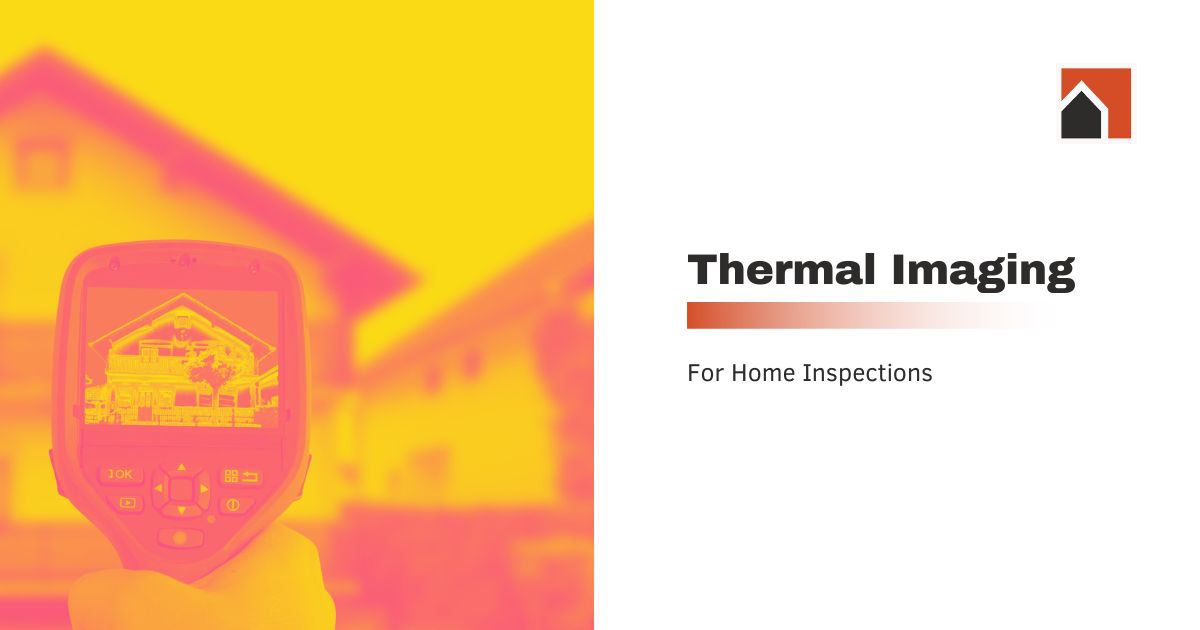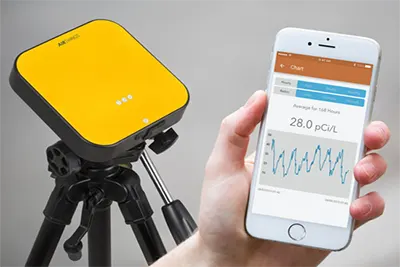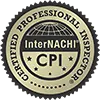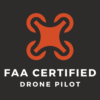Tools for Home Inspection
During training, I’ve often told students that the only tools a home inspector needs to competently perform a home inspection are a flashlight and something pointy. The purpose of the flashlight is obvious. We go to dark, seldom-seen places in search of whatever is hiding there. And, whether in darkness or light, we regularly turn to our pocket knife, screwdriver, or other pointy object of choice to probe damaged materials or dig in the soil for clues or answers to questions that arise. That’s it. With these two items, we can perform a crude but effective home inspection. We have our vision, recognition, instincts, and knowledge to get us the rest of the way.
Don’t worry. Even though we could perform inspections this way. why would we? There is a myriad of modern, specialized tools that not only simplify our process but give us deeper information than could possibly be gained using only a flashlight and pocket knife. My favorite among them is the thermal imaging camera.
Basics of Thermal Imaging
Thermal imaging or infrared (IR) cameras use a special sensor and lens to measure the infrared radiation (heat) emanating from an object. The collected data is used to create an image that represents the distribution of temperatures within the camera’s field of view. Because the camera collects heat data, the resulting images are identical regardless of the lighting conditions. Put simply; an IR camera creates an interpretable picture of invisible heat.
IR Cameras
A variety of consumer and professional level thermal cameras are available, ranging from simple devices that connect to your mobile phone to precision standalone cameras running well into the five-figure price range. An in-depth exploration of camera features is beyond the scope of this post. Suffice to say, the resolution of the thermal sensor and the level of control are two of the most significant differentiating factors between cameras across the feature spectrum.
Choosing a Camera
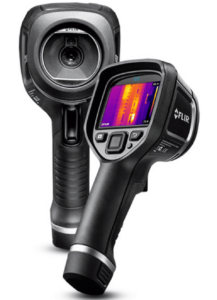
The selection of a camera for the purpose of home inspection will largely depend on the individual needs and budget of the home inspector. Most cameras, including the mobile phone add-ons, have a sufficient resolution to perform a basic thermal imaging inspection. However, lower-end devices tend to be slow and, in my experience, buggy, which can be frustrating over the course of a multi-hour inspection. For my purposes, I choose the Flir© E8-XT. I’ve found it to be reliable, with a good balance between resolution and price.
Limitations
It should come as no surprise that thermal imaging has some limitations. IR cameras can not see through walls as many believe or as some inspectors try to imply. Probably more important and less obvious, the effectiveness of some aspects of a thermal inspection is reduced or negated when the outside temperature is at or near the indoor temperature of the home. Why? Because the image created by the camera is a representation of temperature differences between materials. If everything is the same temperature, the resulting image will be devoid of any detail. This limitation will primarily affect the evaluation of the interior envelope (insulation, air leakage) and moisture detection. For instance, when the attic temperature is the same as the interior temperature, the camera will not aid in the detection of insulation voids.
Uses for Thermal Imaging in Home Inspection
Moisture Detection
It would be inaccurate to say that thermal imaging cameras detect moisture. What IR cameras can do is give us a visual representation of the heat emanating from materials. We then use our knowledge of thermal imaging to identify visible temperature anomalies that are consistent with those found in areas of moisture. Depending on the ambient temperature, areas of moisture will appear cooler than, warmer than, or (worst case scenario) near the temperature of surrounding, dry materials. Once a suspect area has been identified, the moisture levels are measured using high-accuracy moisture meters. Moisture detection using a thermal camera should always adhere to this two-step process.
During thermal inspections, we focus our moisture detection efforts on locations with a higher probability of issues, such as:
- ceilings directly below attics
- ceilings below roof penetrations (roof vents, pipe stacks, chimneys, etc.)
- ceilings below plumbing fixtures
- walls below interior window sills
- floors near plumbing fixtures
No Images Available
Unfortunately, no moisture-related thermal images were available when this article was posted. Relevant images will be posted as soon as we collect some.
Plumbing
A Useful Leak Detection Method
The image at the right is of the plumbing beneath a typical kitchen sink. The supply and waste piping are free of leaks and in good working order. As part of our inspection process, we run hot water through kitchen basins for an extended period and monitor the area below with a thermal camera. Due to the high temperature differential between the hot water and the surrounding materials, even a drop of water will stand out in the thermal images.
Here is an image of a minor leak found using the above method.
Invisible Leaks
This is an image of a toilet that was leaking at its base. The toilet had been thoroughly inspected, but no visible evidence of leakage was found. The potential leak was identified during the thermal inspection and verified with a moisture meter in the crawl space below. No visible evidence of a leak was present in the crawl space either. This leak would not have been found without the use of the thermal camera.
Home inspectors: Remember, thermal imaging alone can not verify the presence or absence of moisture. Always check suspect areas with a moisture meter, preferably using a pin-type meter if cosmetic damage can be avoided.
Another Hidden Defect
This image was also captured during a thermal inspection. As you can see, the water that flowed into the tank after flushing the toilet was much warmer than the toilet tank itself. Usually, the opposite is true. This indicates that the toilet is connected to the hot water supply. This is not a significant problem but will waste some of the hot water you’ve paid to heat. This is another defect that would be difficult to catch without the aid of thermal imaging.
Insulation
Missing Ceiling Insulation
In the Summer, attic temperatures in Tennessee can exceed 150°. The temperature of your attic will depend on many factors, but even in the most well-designed homes, the effectiveness of your attic insulation is of the utmost importance. Thermal imaging can be used to find gaps, voids, and deficiencies in ceiling insulation. This image shows missing insulation in both the flat and vaulted areas of the ceiling. Vaulted ceilings are particularly susceptible to insulation and ventilation issues.
Missing Wall Insulation
This image shows missing wall insulation in a second-floor living area. The walls of the room are adjacent to hot attic spaces. In cases such as this, the heat gain through the walls will be significantly greater than at an exterior wall because the only material separating the living space and attic is 1/2 inch of drywall. Fortunately, this can easily be repaired by reinstalling and securing the insulation against the back of the drywall.
Note: This image was taken on a mild Spring day. The hottest areas of the wall were approaching 100°.
Testing and Measurement
When applicable, we use thermal cameras to verify the operation of systems or appliances. Here, the thermal camera is used to verify the functionality of electric floor heating in a new construction home. Thermal imaging is also used to check stove top and oven elements, measure the hot water temperature, and record HVAC temperatures.
Summary
For home-buyers or home inspectors, the inclusion of thermal imaging in the home inspection process should be a real confidence booster. In the hands of a properly-trained inspector, thermal imaging can take defect recognition and reporting to the next level.

